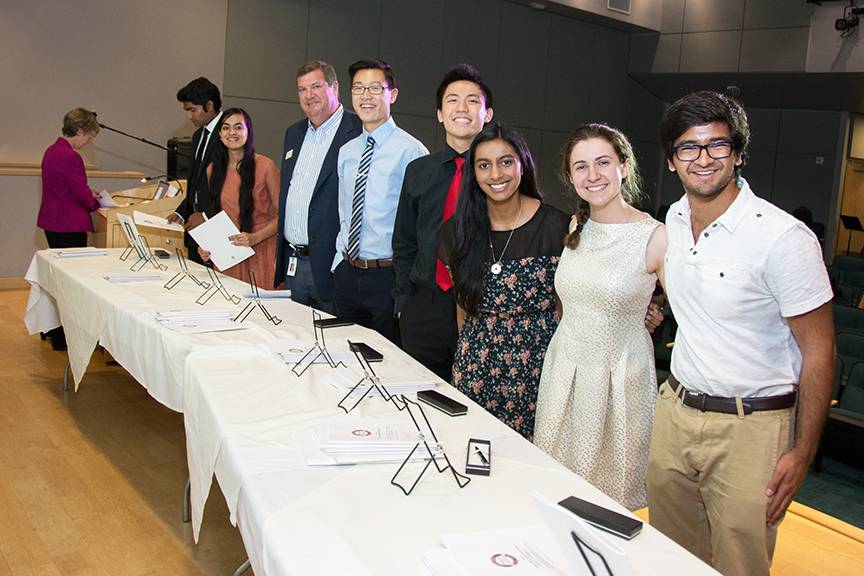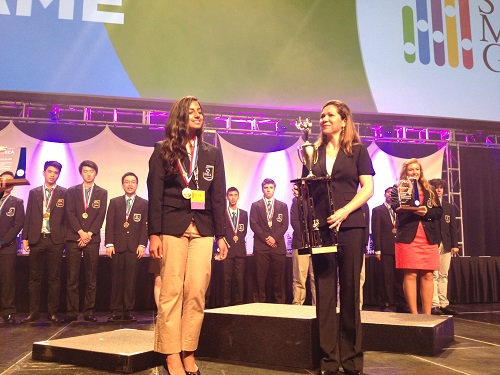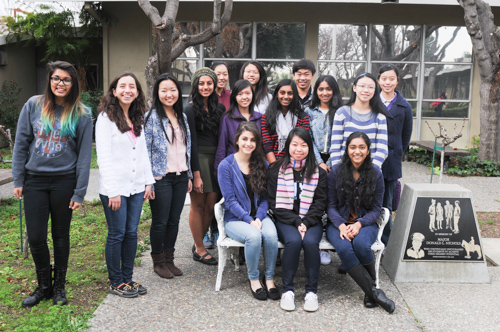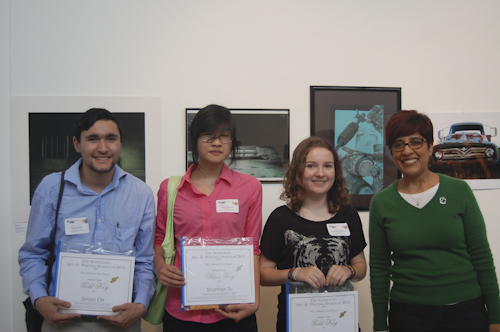Earlier this week, sophomore Sarah Mohammed was named a poetry finalist in the 2021 National YoungArts competition, the highest award offered by the National YoungArts Foundation.
topliterature
English teacher organizes summer alumni book club
Over the summer, upper school English teacher Chris Hurshman led a special book club with several Harker alumni, meeting each week to discuss Fyodor Dostoevsky’s final novel, “The Brothers Karamazov.”
Upper school students win national gold and silver medals in Scholastic Art & Writing Awards, more than 60 recognized
Senior Raymond Banke and junior Kathy Fang were named national Gold Medalists in the 2019 Scholastic Art & Writing Awards, and 62 others also earned awards in this prestigious contest.
Grade 8 students earn regional awards in 2019 Scholastic Art & Writing Awards
Six grade 8 students recently won recognition in the 2019 Scholastic Art & Writing Awards.
Students named national medalists in Scholastic Art & Writing Awards
Several Harker students from upper and middle school were named national medalists in the 2018 Scholastic Art & Writing Awards.
Two students earn literary honors in Bay Area Book Festival’s Young Authors Writing Competition
Rising senior Jacqueline He and rising junior Prameela Kottapalli were recently recognized in the third annual Young Authors Writing Competition, held by the Bay…
Endowment Recipients Continue to Present Outstanding Research
Each year a set of seniors receives funds to research and write papers on topics of choice and this year’s array of papers continues…
Student Takes First Place Nationally in InvestWrite Competition
In May, Manthra Panchapakesan, grade 12, was named the state and national first-place winner in the InvestWrite competition, put on by the Securities Industry and Financial…
[UPDATED] Student Wins National Silver Medal in Scholastic Art and Writing Awards
March 21, 2014: Meilan Steimle, grade 9, has been awarded a silver medal in this year’s Scholastic Art and Writing Awards for her short…
[Updated] Two Students Receive National Awards in Scholastic Art and Writing Contest
March 25, 2013: Two Harker students were recently named national award winners in this year’s Scholastic Art and Writing Awards. Kevin Ke, grade 9,…







